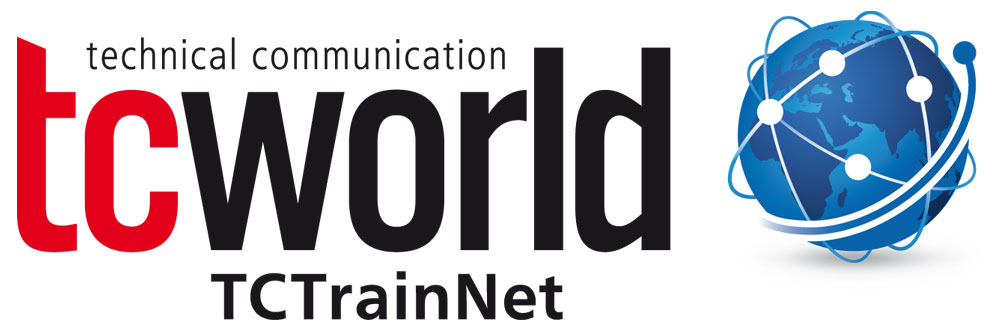In technical communication, legibility can be improved using, e.g., line spacing and font size – which, however, worsens the appearance of a document. Does technical communication depend on appearance? Sure, if how something looks attracts interest in the content.
Let’s take a font with serifs, which are the short horizontal strokes at the end of letters – in some fonts, these can hardly be detected – they are not beautiful, but they help the eye to remain on the line of the text. Strictly speaking, they are necessary for longer texts, when reading should be facilitated. Have you ever noticed this? Try it out yourself with the following examples to see how long you can read and stay interested. Look at the text in a traditional newspaper, online: www.theeuropean.de. Now, for contrast, read a modern website, such as de.wikipedia.org/wiki/Typografie. What strikes you about the fonts? Be honest with yourself – does one of the pages make your eyes tired? How well do your eyes get their bearings in the texts?



